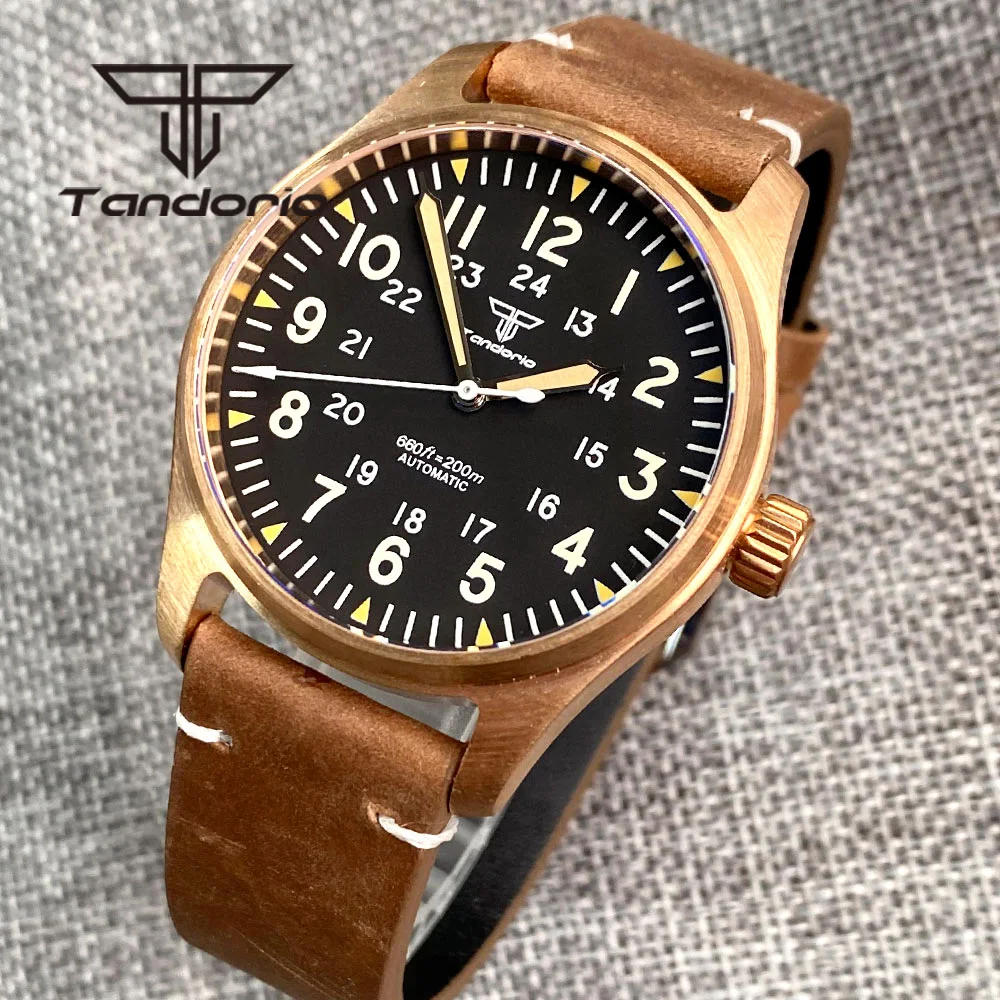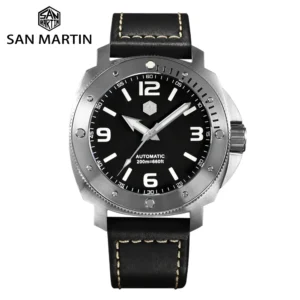Understanding Bronze Patina: Natural Aging vs. Forced Techniques
Bronze patina is the beautiful color transformation that happens when bronze objects oxidize over time. This natural process occurs when the copper in bronze reacts with air, moisture, and other elements in the environment. While natural patina develops slowly over years or even decades, forced patina techniques can create similar effects in just hours or days.
The science behind patina is fascinating – it’s essentially a controlled form of corrosion. When bronze (an alloy primarily composed of copper and tin) is exposed to environmental elements, the copper molecules react with oxygen, sulfur, and other compounds to form various copper compounds on the surface. These compounds create the distinctive colors we associate with aged bronze.
Many famous bronze artworks showcase stunning patinas, like the iconic green coating on the Statue of Liberty. This verdigris effect developed naturally over many decades of exposure to sea air and weather. The history of dive watch engineering reveals how bronze has been valued not just for its durability but also for how its appearance evolves over time.
Forcing patina isn’t about creating something artificial – rather, it’s accelerating what would naturally happen anyway. Understanding how bronze watch patina forms helps collectors appreciate both the natural process and methods to enhance it. The patination process is both an art form and a scientific process, allowing for creative expression while following predictable chemical reactions.
Why Force Patina on Bronze? Benefits and Applications
There are several compelling reasons why someone might want to force patina on bronze:
- Aesthetic enhancement – Creating rich greens, blues, browns, or blacks that might take years to develop naturally
- Artistic expression – Taking control of the aging process to achieve specific visual effects
- Restoration work – Matching new bronze components to existing patinated pieces
- Protective barrier – Developing a stable oxide layer that helps prevent further corrosion
- Customization – Adding personal character to bronze jewelry, watches, hardware, or decorative items
Many collectors value the way bronze materials have evolved in watch design, particularly how each piece develops its own unique character. By understanding the factors that influence patina development on bronze watches, enthusiasts can either let nature take its course or intervene to achieve desired effects.
Bronze patina transforms a shiny, new-looking object into something with depth, character, and a sense of history. Whether you’re an artist, collector, or simply someone who appreciates the aged look of bronze, learning patination techniques gives you creative control over this transformation.
Safety First: Essential Precautions When Working with Patination
Before attempting any patination technique, safety must be your primary concern. Many patination methods involve chemicals that can be harmful if not handled properly.
Essential protective equipment:
* Chemical-resistant gloves (nitrile or rubber, not latex)
* Safety goggles to protect eyes from splashes
* Respirator or mask when working with fuming techniques
* Long sleeves and pants to protect skin
WARNING: Never mix chemicals unless specifically instructed to do so in a proven recipe. Chemical reactions can produce dangerous fumes or cause burns.
Always work in a well-ventilated area, preferably outdoors. Many patination chemicals produce fumes that can be harmful if inhaled. If working indoors, ensure you have proper ventilation with windows open and fans directing air outward.
Each patination chemical carries specific hazards:
* Liver of sulfur creates hydrogen sulfide gas (smells like rotten eggs)
* Ammonia produces strong fumes that can irritate lungs and eyes
* Acids can cause chemical burns on contact with skin
Store all chemicals in clearly labeled containers, out of reach of children and pets. Never reuse chemical containers for food or beverages. After completing your patination project, dispose of chemical solutions according to local regulations – many cannot simply be poured down the drain.
If chemical exposure occurs, rinse the affected area thoroughly with clean water for at least 15 minutes and seek medical attention if irritation persists.
For those interested in applying these techniques to timepieces, our bronze automatic watches collection features pieces that can beautifully showcase patination effects.
Preparing Your Bronze for Perfect Patina Results
Proper preparation of your bronze piece is crucial for achieving an even, attractive patina. Follow these steps for best results:
Clean thoroughly – Remove all dirt, oils, and contaminants from the surface. Oils from fingerprints can prevent even patina formation.
Degrease the surface – Use mild dish soap and warm water as a first cleaning step. For more thorough degreasing, use denatured alcohol or a commercial degreasing product.
Remove existing finish – If your bronze has a lacquer or other protective coating, this must be completely removed. Use a commercial lacquer remover following the product instructions.
Consider mechanical cleaning – Depending on your desired final look:
– Fine steel wool (#0000) creates a smooth surface
– Various grits of sandpaper can create different textures
– Polishing compounds can create a high shine before patinationCreate texture if desired – Some patina effects look more interesting on textured surfaces. Consider brushing or lightly hammering for added character.
Handle with gloves – After cleaning, always handle the bronze with clean gloves to prevent oils from your skin transferring to the metal.
Ensure complete dryness – Any moisture left from cleaning can interfere with the patination process. Use a clean cloth to dry thoroughly or allow to air dry completely.
The quality of your preparation directly impacts your results. Properly prepared bronze will develop more even, vibrant patina colors than pieces with residual oils or contaminants. Our field and military watches collection includes bronze models that respond beautifully to these preparation techniques.
DIY Household Methods: Easy Patination Techniques
You don’t need specialized chemicals to create beautiful patinas on bronze. These household methods use common items to produce impressive results:
Vinegar and Salt Method
This technique produces blue-green patinas similar to what develops naturally over many years.
Materials needed:
* White vinegar
* Table salt
* Non-metal container
* Clean cloth or spray bottle
Direct application:
1. Mix equal parts white vinegar and salt in a small container until salt dissolves
2. Dip a cloth into the solution and dab onto the bronze, or spray directly onto the surface
3. Let sit for 30 minutes to several hours, checking periodically
4. Once desired color develops, rinse thoroughly with clean water and dry
Fuming method (for more even results):
1. Place bronze piece on a stand inside a sealed container
2. Pour vinegar and salt solution into a small dish inside the container (not touching the bronze)
3. Seal the container and allow fumes to interact with bronze for 12-24 hours
4. Check periodically until desired patina develops
Boiled Egg Method
This sulfur-fuming technique creates rich browns and blacks.
Materials needed:
* Hard-boiled eggs
* Sealed container
* Small stand to elevate bronze
Steps:
1. Hard boil several eggs and peel them while still warm
2. Cut eggs in half and place in the bottom of a sealed container
3. Place bronze on a stand above the eggs (not touching)
4. Seal the container and allow sulfur fumes from eggs to interact with the bronze
5. Check every few hours until desired color develops (typically 6-24 hours)
6. Rinse thoroughly and dry when finished
Ammonia Fuming
IMPORTANT SAFETY WARNING: This method MUST be performed outdoors due to strong fumes.
Materials needed:
* Household ammonia
* Sealed container
* Small stand for bronze piece
* Protective gear (gloves, goggles, mask)
Steps:
1. Working OUTDOORS, pour a small amount of ammonia into a container
2. Place bronze on a stand above the ammonia (not touching liquid)
3. Seal container and place in a safe outdoor location
4. Check every few hours – blue patinas typically develop within 12-24 hours
5. Once desired color is achieved, remove and rinse thoroughly
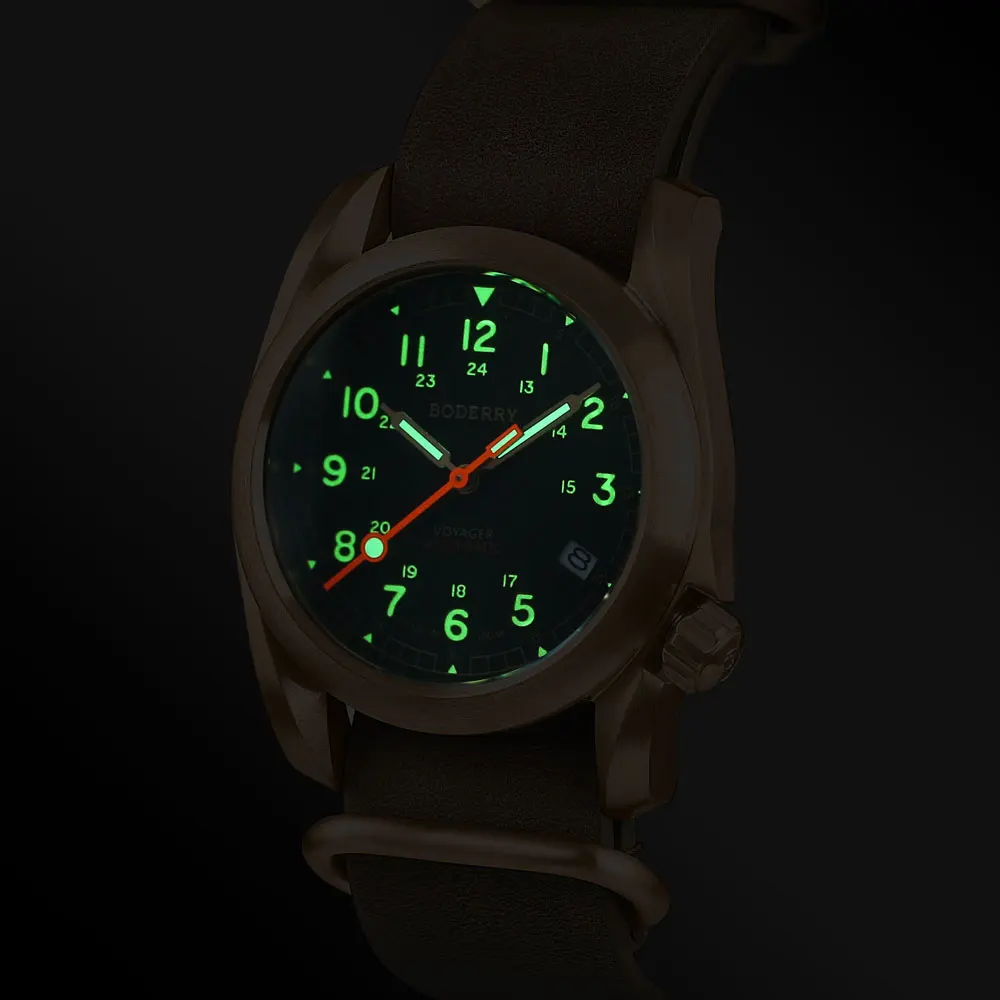
For more comprehensive information on these and other techniques, our complete guide to bronze patination provides additional details and troubleshooting tips.
Chemical Patination: Professional Techniques for Dramatic Results
For more controlled and dramatic results, professional patination chemicals offer greater versatility and consistency. These methods require more caution but produce stunning effects.
Professional Patination Chemicals
- Liver of sulfur (potassium sulfide) – Creates browns, blacks, and purples
- Ferric nitrate – Produces rich reddish-browns
- Cupric nitrate – Creates blue-green verdigris effects
These chemicals can be purchased from jewelry supply stores, art suppliers, or specialty patina suppliers online. Always choose reagent-grade chemicals for best results.
Hot vs. Cold Application
| Application Method | Best For | Equipment Needed | Considerations |
|---|---|---|---|
| Cold application | Beginners, small items | Brushes, spray bottles, containers | Slower reaction, more controllable |
| Hot application | Deeper colors, larger pieces | Hot plate, stainless steel pans, thermometer | Faster reaction, less predictable, requires more safety precautions |
Liver of Sulfur Patina (Brown to Black)
This versatile chemical creates effects ranging from golden browns to deep blacks depending on concentration and timing.
Mixing ratios:
* Weak solution (golden browns): 1/4 teaspoon per cup of warm water
* Medium solution (medium browns): 1/2 teaspoon per cup of warm water
* Strong solution (blacks): 1 teaspoon per cup of warm water
Application:
1. Mix liver of sulfur with warm water in a glass or plastic container
2. Apply to bronze using brush, spray bottle, or dipping method
3. Watch closely as color develops – can change rapidly from gold to brown to black
4. Rinse thoroughly with clean water when desired color is achieved
5. Neutralize with baking soda solution (1 tablespoon per cup of water)
Green Patina Recipe
Ingredients:
* 1 tablespoon cupric nitrate
* 1 tablespoon ammonium chloride
* 1 cup warm distilled water
Application:
1. Mix chemicals with warm water until dissolved
2. Apply to bronze using brush, spray, or dipping method
3. Allow to dry between applications
4. Repeat until desired green intensity is achieved (may take several applications)
5. Rinse and dry when finished
For those interested in how these techniques apply to timepieces, our automatic watches collection features bronze models that can showcase these professional patination techniques.
Controlling and Layering Patinas for Artistic Effects
Once you’ve mastered basic patination techniques, you can create more sophisticated effects through controlled application and layering:
Selective Application Techniques
Resist method: Apply wax, petroleum jelly, or masking tape to areas you want to protect from the patina solution. This creates contrast between patinated and non-patinated areas.
Gradient effects: Dip the bronze partially in the solution, then gradually withdraw it over time, creating a gradient from heavily patinated to untreated.
Highlighting: After applying patina, selectively remove it from raised areas using fine steel wool or polishing cloths to create dimension and visual interest.
Layering Different Patinas
- Start with a base patina (often a darker tone like brown or black)
- Allow it to dry completely and lightly buff high points if desired
- Apply a second patina formula selectively (like touches of green or blue)
- Build up multiple layers for complex, multi-dimensional effects
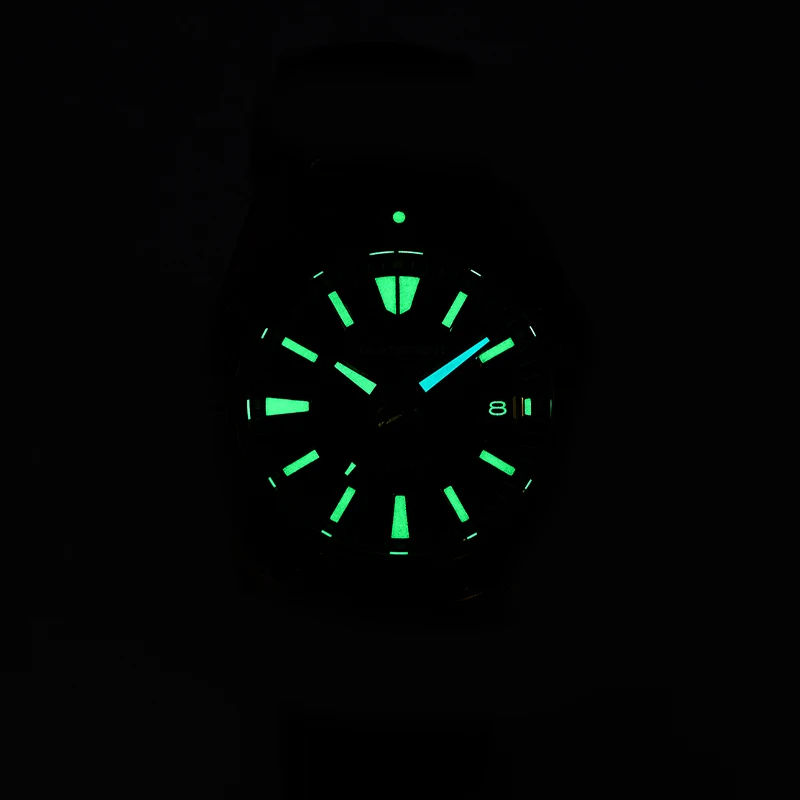
The most interesting patinas often combine multiple techniques. For example, starting with a liver of sulfur base, then adding green highlights with a cupric solution creates effects reminiscent of ancient artifacts. Our automatic dive watches showcase how bronze can develop character through patination.
Military Inspired Automatic Watches, Rugged Automatic Watches, Tactical Automatic Watches
Price range: $852.14 through $994.60 Select options This product has multiple variants. The options may be chosen on the product pageClassic Automatic Dress Watches, Day Date Automatic Watches, Perpetual Calendar Automatic Watches
Price range: $540.60 through $574.60 Select options This product has multiple variants. The options may be chosen on the product pageAutomatic Chronograph Watches, Chronograph Pilot Watches
Price range: $233.36 through $237.58 Select options This product has multiple variants. The options may be chosen on the product pageClassic Automatic Dress Watches, GMT Automatic Watches, GMT Pilot Watches
Price range: $1,240.86 through $1,463.33 Select options This product has multiple variants. The options may be chosen on the product pageAutomatic Chronograph Watches, Classic Style Dive Watches
$3,053.06 Select options This product has multiple variants. The options may be chosen on the product pageAutomatic Skeleton Watches, Open Heart Automatic Watches
$98.36 Select options This product has multiple variants. The options may be chosen on the product page
Sealing and Protecting Your Patinated Bronze
After achieving your desired patina effect, proper sealing is crucial to preserve your work and prevent unwanted changes:
Types of Sealants
| Sealant Type | Pros | Cons | Best For |
|---|---|---|---|
| Renaissance Wax | Natural look, easy to apply, removable | Needs more frequent reapplication | Museum-quality pieces, subtle protection |
| Carnauba Wax | Hard finish, good durability | Can darken slightly, needs buffing | Handled items, moderate protection |
| Spray Lacquer | Very durable, complete protection | More artificial looking, difficult to remove | Outdoor pieces, maximum protection |
| Specialized Bronze Sealers | Formulated specifically for bronze | More expensive, limited availability | Professional applications |
Application Techniques
- Ensure the patinated surface is completely clean and dry
- For waxes: Apply a thin layer with a soft cloth, let dry to a haze, then buff gently
- For spray sealants: Apply multiple light coats rather than one heavy coat
- Allow proper curing time – typically 24-72 hours depending on the product
Maintenance varies by sealant type – waxes typically need reapplication every 6-12 months, while quality lacquers can last several years before needing attention. The history of bronze in professional diving watches shows how proper sealing has enabled bronze to endure even in challenging marine environments.
Troubleshooting Common Patina Problems
Even experienced patina artists encounter occasional issues. Here are solutions to common problems:
Q: My patina looks uneven or splotchy. What went wrong?
A: This usually indicates oils or contaminants on the surface before patination. Clean thoroughly with denatured alcohol and try again, or sand the surface back and restart the process.
Q: The patina rubs off easily when touched. How can I fix this?
A: This suggests the patina didn’t bond well with the metal. Try cleaning more thoroughly before patination and use a proper sealer afterward to protect the finish.
Q: I got unexpected colors from my patina solution. Why?
A: Bronze alloy compositions vary, which can affect color outcomes. Different percentages of copper, tin, and other metals react differently to patination chemicals. You may need to adjust your formula or try a different technique.
Q: How do I remove or lighten a patina if I don’t like the results?
A: Use a mixture of baking soda and water as a mild abrasive paste to gently remove patina. For stronger removal, commercial metal polishes or fine sandpaper can be used, followed by restarting the patination process.
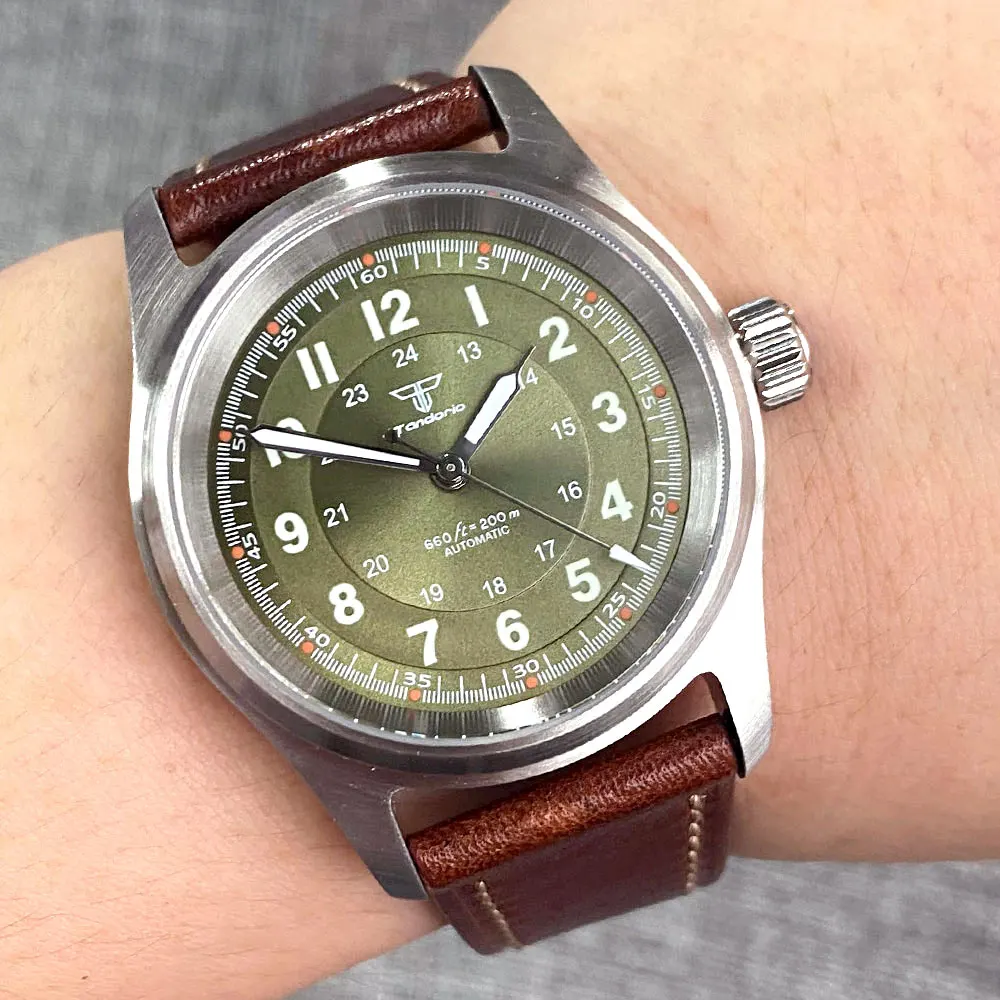
Understanding the chemical processes behind patina formation can help you diagnose and correct issues more effectively.
Can I Force Patina on Bronze-Plated or Mixed Metal Items?
Bronze-plated items present special challenges for patination. Unlike solid bronze, plated items have only a thin layer of bronze over a base metal like steel or zinc.
To determine if your item is solid bronze or plated:
* Check weight – solid bronze is heavier than plated items
* Look for wear spots – plating may show underlying metal at edges or high points
* Use a magnet – solid bronze is not magnetic, while many plated items are
For bronze-plated items, use very mild patination methods like diluted vinegar solutions. Strong chemicals may remove the thin bronze plating entirely. Check an inconspicuous spot first before treating the entire piece.
Mixed metal items require careful consideration – different metals react differently to patination chemicals. Areas with solder or joining materials may develop unexpected colors or resist patination entirely. Consider using selective application techniques to patinate only the bronze portions. Our collection of rugged automatic watches demonstrates how different metals can complement each other in quality timepieces.
How Long Will My Forced Patina Last? Maintenance and Care
A properly created and sealed patina can last for many years with appropriate care. Several factors affect longevity:
- Sealing quality – A well-applied sealer significantly extends patina life
- Environmental exposure – Indoor items last longer than those exposed to weather
- Handling frequency – Frequently touched areas will wear faster
- Maintenance routine – Regular care preserves appearance
For indoor bronze pieces with proper sealing, expect the patina to remain stable for years with only occasional maintenance. Outdoor pieces require more frequent attention, typically annual cleaning and resealing.
Clean patinated bronze gently using a soft cloth dampened with distilled water. Avoid commercial cleaners containing ammonia or acids. For pieces showing wear, you can often touch up specific areas using the same patination technique originally used, then reapply sealant to the entire piece.
With proper care, your artificially patinated bronze can maintain its beautiful, aged appearance indefinitely, continuing to develop subtle character over time.

